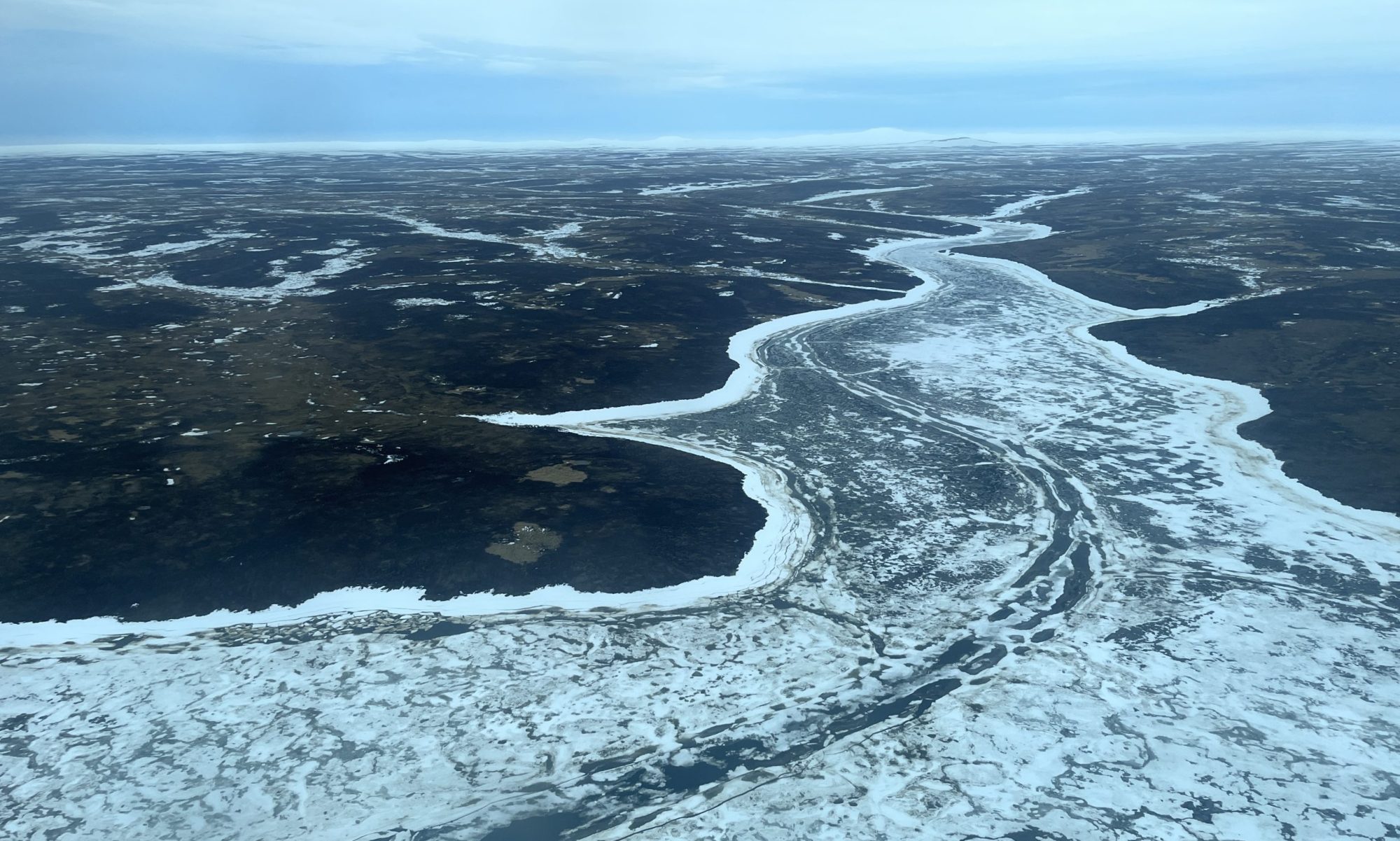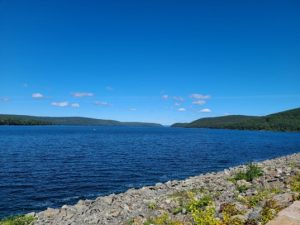
The quality of drinking water for the Boston Metropolitan Area, supplied by the Quabbin-Wachusett system, is impacted by environmental trends. The objectives of this study are to increase understanding of the role that small streams may play in degradation of reservoir quality by characterizing seasonal constituent patterns from 1998 to 2020 in the Wachusett Reservoir watershed and by developing enhanced modeling frameworks. Previous monitoring (1998–2012) exhibited increased loads due to increasing flows despite declining solute concentration. This present study analyzed seasonal nitrate (NO3) and total phosphorus (TP) concentration and load trends from 2012 to 2020 across 11 tributaries. Specific conductivity (SC) was also assessed to evaluate the impacts of road salt application. From 2012 to 2020, statistical results for mean nutrient concentrations suggest static or declining temporal trends, while SC in all tributaries exhibited increasing trends. Land use data suggest association with altered drainage landscapes as potential sources of increased constituent transport. Subbasins with the highest concentrations of TP, NO3, and SC have the largest percentage of impervious and cultivated areas, two to three times greater than other subbasins. Daily flows were modeled using the airGR hydrological model, subsequently used to calculate loads. Overall, flow magnitude was a more important load driver than long-term nutrient concentrations, thus, showing that stream discharge controlled load variability. On the other hand, persistently high SC levels controlled the increasing SC load trends. Finally, many nutrient reduction management strategies demonstrated an important impact from 1998 to 2020. Despite watershed programs aimed at reducing salt applications, concentrations in streams are increasing, indicating a long-term legacy of salt accumulation. Although smaller tributaries represent a modest portion of the system, addressing these sources has the potential to further reduce the long-term ecological impacts of reservoir constituent loading.
Carneiro Marques, A., Veras, C.E., Kumpel, E., Tobiason, J.E., Guzman, C.D., 2023. Assessment of nutrients and conductivity in the Wachusett Reservoir watershed: An investigation of land use contributions and trends. International Soil and Water Conservation Research. https://doi.org/10.1016/j.iswcr.2023.07.004



 Rainwater collection systems typically incorporate a first flush mechanism to divert pollutants from stored rainwater, with the design usually based on capturing the initial 1-2 mL of rainfall. However, variations in the local environment and collection systems can affect the required first flush volume. We conducted experiments in Amherst, Massachusetts to evaluate rainwater quality per collection volume and time, finding variable dissolved organic carbon concentrations in first flush samples. Our results identify a need to tailor first flush designs that consider local precipitation patterns, storm intensity, and canopy conditions.
Rainwater collection systems typically incorporate a first flush mechanism to divert pollutants from stored rainwater, with the design usually based on capturing the initial 1-2 mL of rainfall. However, variations in the local environment and collection systems can affect the required first flush volume. We conducted experiments in Amherst, Massachusetts to evaluate rainwater quality per collection volume and time, finding variable dissolved organic carbon concentrations in first flush samples. Our results identify a need to tailor first flush designs that consider local precipitation patterns, storm intensity, and canopy conditions.











